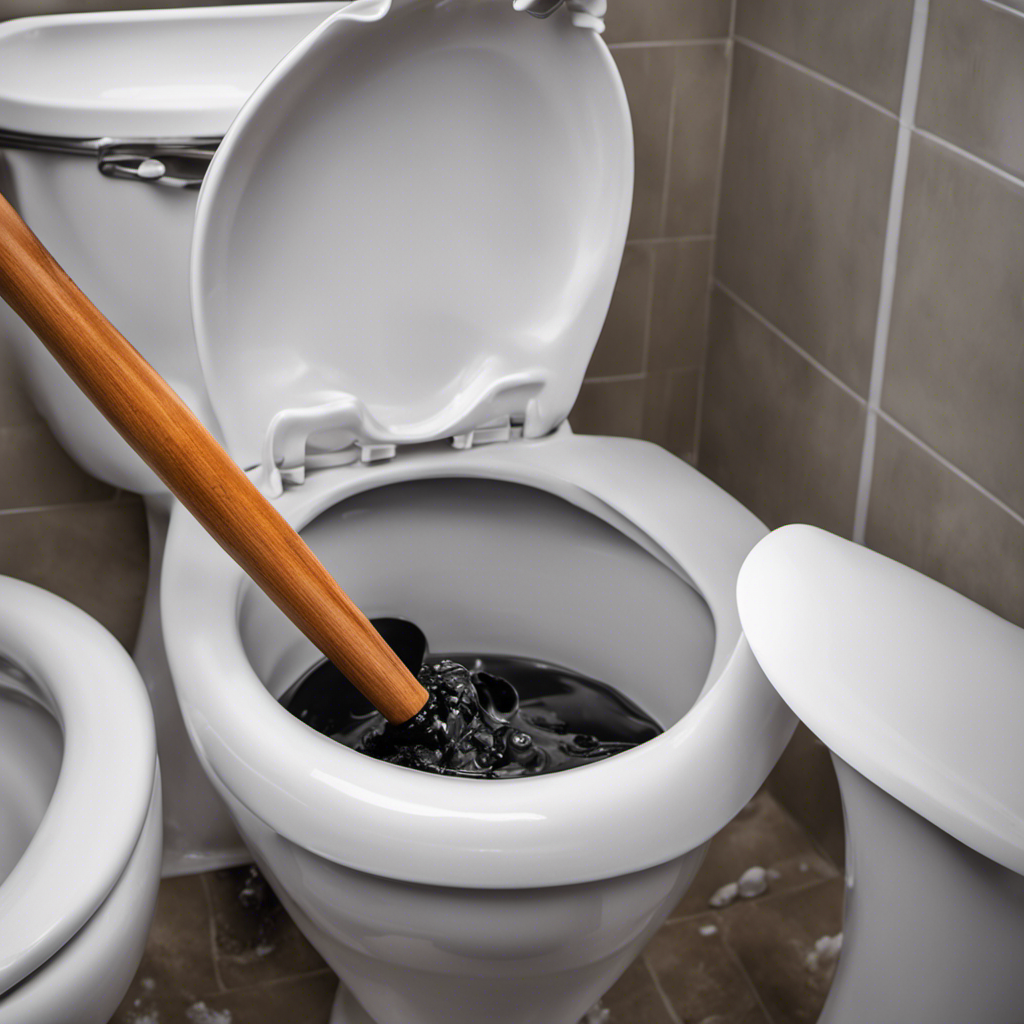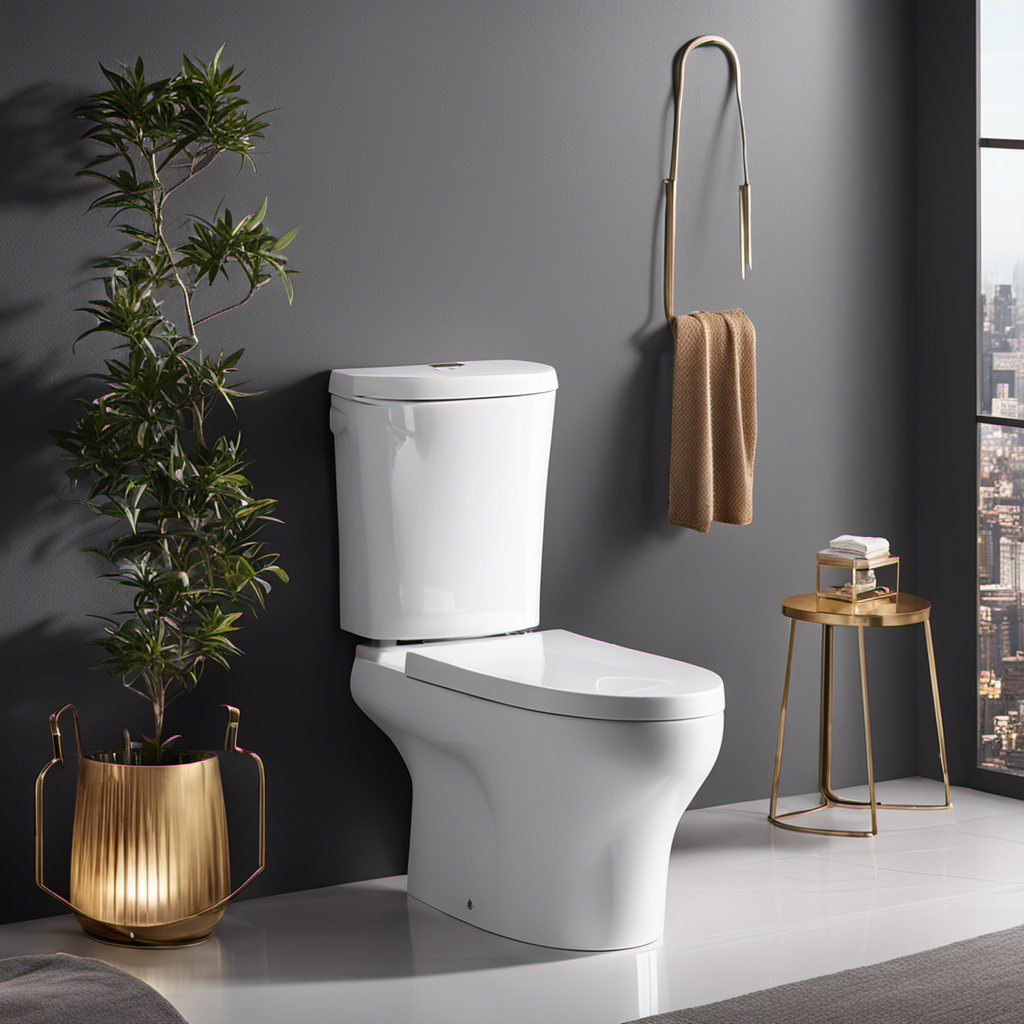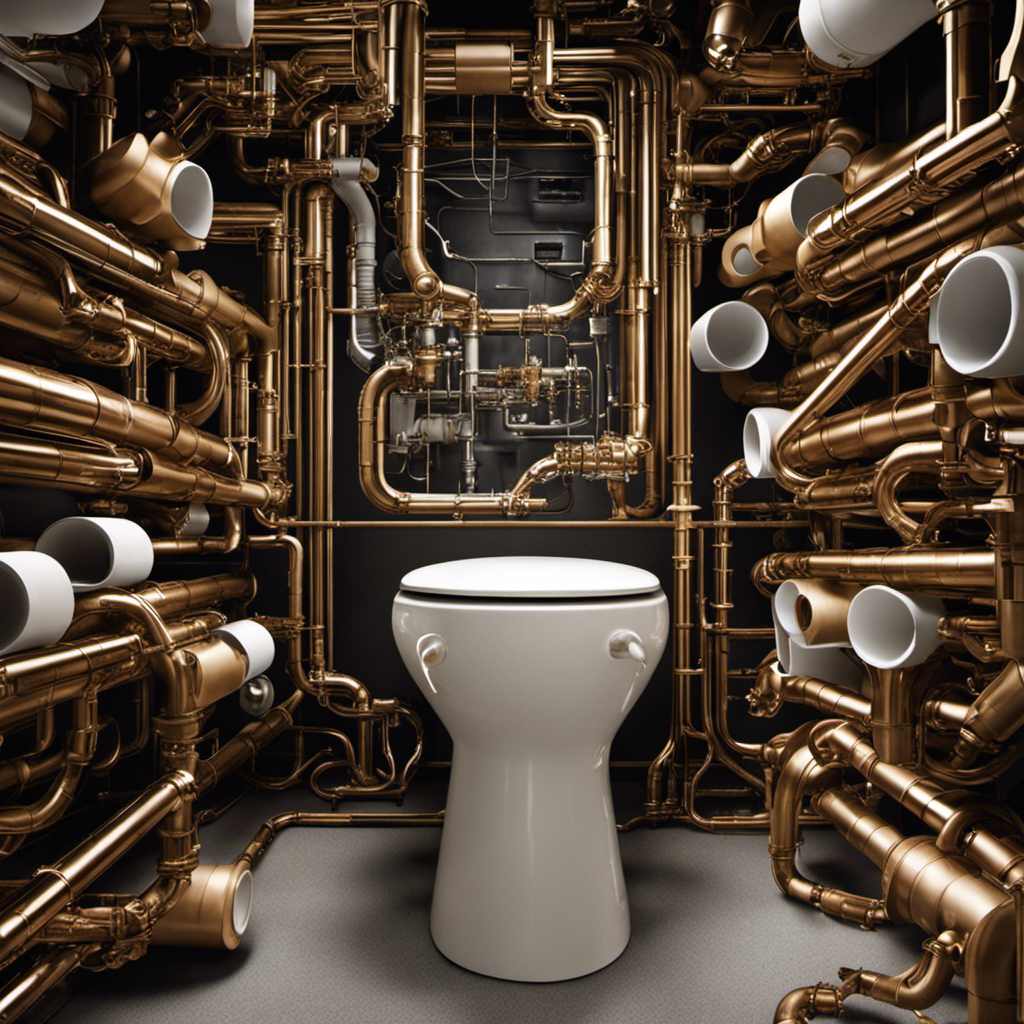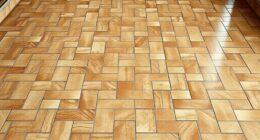As someone who has dealt with a clogged toilet before, I know firsthand how frustrating and messy it can be. But fear not!
In this article, I will guide you through the step-by-step process of unblocking your toilet effectively.
From understanding the common causes of toilet clogs to using the essential tools and materials, we’ll cover it all.
So, let’s roll up our sleeves, grab a plunger, and get ready to tackle this unwelcome plumbing problem head-on.
Key Takeaways
- Flushing excessive toilet paper can easily cause a blockage in the pipes.
- Older plumbing systems or toilets with low water flow are more prone to clogs.
- A high-quality toilet plunger with a flange or accordion-shaped cup is an essential tool for unclogging a toilet effectively.
- Using a straightened wire hanger as a hook can be an alternative method for removing blockages in the toilet.
Understanding the Common Causes of Toilet Clogs
To understand the common causes of toilet clogs, you should know that one of the main culprits is flushing excessive toilet paper. When people use too much toilet paper and flush it down the toilet, it can easily get stuck in the pipes and cause a blockage. This is especially common in older plumbing systems or toilets with low water flow.
Some common signs of a toilet clog include water backing up, slow draining, or a gurgling sound coming from the pipes. In most cases, you can resolve a simple clog by using a plunger or a toilet auger. However, if the clog persists or if you are experiencing multiple clogs, it may be necessary to seek professional help to determine the underlying cause and prevent further damage to your plumbing system.
Essential Tools and Materials You’ll Need
You’ll need a plunger and a bucket of hot water to tackle the clogged toilet.
Here are some essential tools and materials you’ll need:
- A high-quality toilet plunger: Look for plungers with a flange or an accordion-shaped cup that can create a strong seal around the drain.
- Rubber gloves: Protect your hands from any bacteria or unpleasant substances that may be present.
- Hot water: Fill a bucket with hot water, but not boiling, as it could damage your porcelain toilet.
- Liquid dish soap: Adding a few drops of dish soap to the hot water can help lubricate the drain and make the plunging process more effective.
Now that you have the necessary tools, let’s move on to the step-by-step guide to plunging your toilet effectively.
Step-By-Step Guide to Plunging Your Toilet Effectively
Now that we have the necessary tools, let’s start by preparing the plunger. First, make sure the plunger is clean and free from any debris.
Next, fill a bucket with hot water and pour it into the toilet bowl. This will help soften the clog and make it easier to plunge.
Position the plunger over the drain hole, ensuring a tight seal. Start plunging vigorously, using an up and down motion. Be careful not to break the seal while plunging to avoid splashing water everywhere.
Continue plunging for a few minutes, then flush the toilet to see if the clog has cleared. If the toilet is still clogged, repeat the process or consider using a plumbing snake.
Remember to avoid common mistakes such as using excessive force or using chemical drain cleaners, as they can damage your plumbing system.
If you don’t have a plunger, you can try using a wire hanger or a mixture of baking soda and vinegar to help break up the clog.
Alternative Methods for Unclogging a Toilet
Using a wire hanger can be an effective alternative method for unclogging a toilet. When faced with a clogged toilet, you might not have a plunger handy or want to try a different approach. Here’s a step-by-step guide on how to use a wire hanger to unclog your toilet:
-
Straighten the wire hanger: Take a wire hanger and straighten it as much as possible.
-
Create a hook: Bend one end of the wire into a hook shape. This will be used to grab and remove any blockages.
-
Insert the hanger: Carefully insert the hook end of the wire hanger into the toilet drain.
-
Fish out the blockage: Move the hanger around, trying to hook onto the clog. Once you have a grip, pull the blockage out.
Tips for Preventing Future Toilet Clogs
To prevent future toilet clogs, it’s essential to be mindful of what you flush down the drain. Proper maintenance and eco-friendly solutions can go a long way in ensuring a trouble-free toilet. Here are some tips to help you keep your toilet in top shape:
| Proper Maintenance | Eco-Friendly Solutions |
|---|---|
| 1. Regularly clean the toilet and keep the area around it free from any debris. | 1. Use natural, biodegradable toilet cleaners instead of harsh chemicals that can harm the environment. |
| 2. Install a toilet paper holder with a built-in shredder to prevent excessive amounts of toilet paper from being flushed. | 2. Consider using a bidet or washable cloth wipes to reduce toilet paper usage. |
| 3. Avoid flushing anything other than toilet paper and human waste. Items like wipes, sanitary products, and dental floss can cause clogs. | 3. Use a plunger or a plumbing snake instead of harmful chemical drain cleaners to unclog your toilet. |
Conclusion
Well, there you have it folks! You now know all the ins and outs of unclogging a toilet.
It’s a skill that we never thought we’d need, but hey, life is full of surprises!
Remember, prevention is key, so be sure to take care of your toilet and avoid any embarrassing situations.
And if all else fails, just remember that plunging away your troubles can be quite the cathartic experience.
Happy unclogging!










